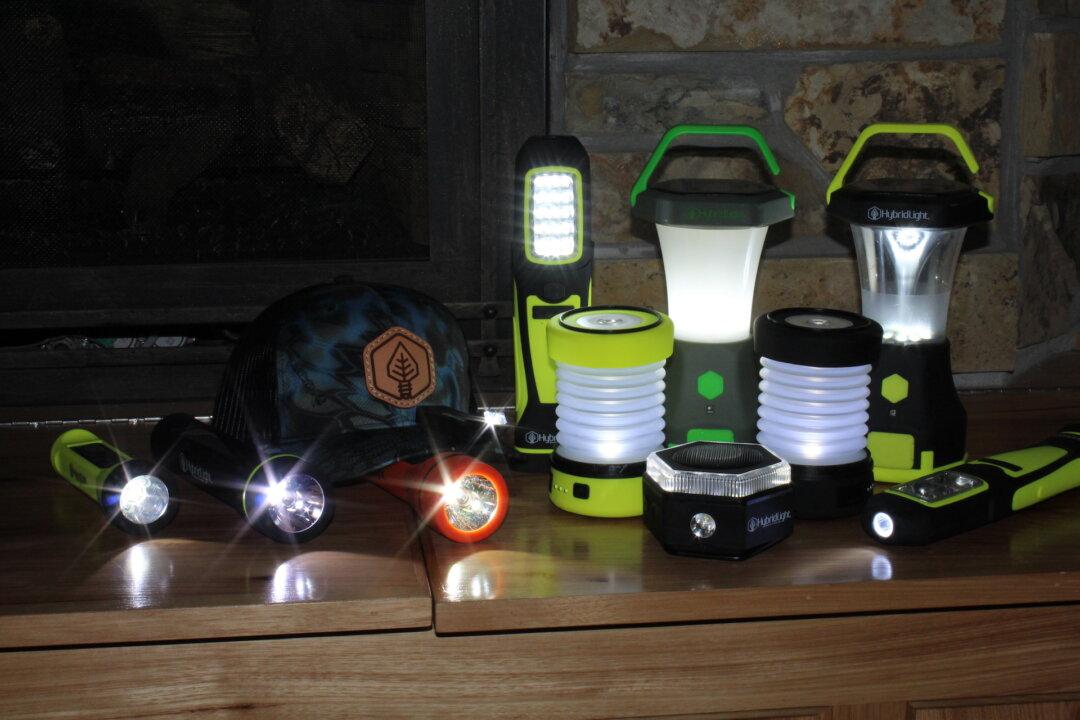The current crop of cars is faster than ever. Yet the majority of drivers rely on dusty skills learned in a high school driver’s education class in cars that are rarely permitted to go faster than 35 miles per hour on mostly empty local streets. Many EVs and four-door performance sedans go from zero to 60 in less than five seconds, with top speeds of 160 miles per hour or more.
Even when a driver is obeying speed limits, a casual afternoon drive can suddenly become a life-or-death scenario if a car swerves into your lane, a semi-truck tire blows out, or a deer leaps into your path. Modern cars are equipped with a plethora of computer-driven safety systems, but the driver’s abilities remain the most important factor when it comes to safe driving.






